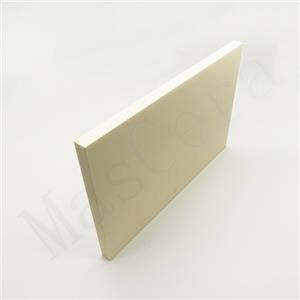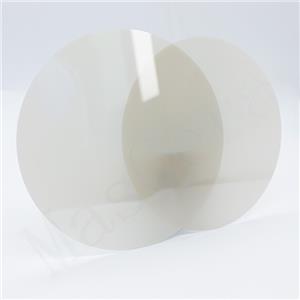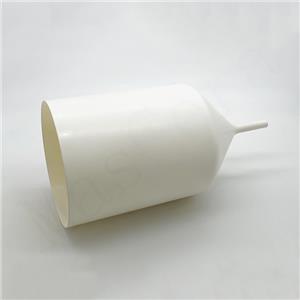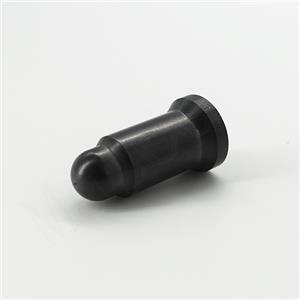Why Do Aluminum Nitride Ceramics Show Color Variation?
Aluminum Nitride Ceramics (AlN ceramics) are widely used in high-performance applications due to their excellent thermal conductivity, electrical insulation, and high-temperature resistance. However, some users may notice slight color differences among different batches of AlN ceramics—such as light gray, off-white, or pale yellow shades. These variations are normal and do not affect the material's performance.
In this article, we explain the main causes of color variation in aluminum nitride ceramics and why these changes are purely visual rather than functional.
1. Natural Variation in Raw Materials
Even when using high-purity powders, Aluminum Nitride Ceramics can exhibit subtle differences due to trace impurities like oxygen, iron, or calcium. These tiny chemical fluctuations during AlN ceramics production may slightly influence the color but have no impact on performance or reliability.
2. Sintering Process Atmosphere
AlN ceramics are highly sensitive to oxygen during the sintering process. Differences in temperature, gas flow, or oxygen exposure inside the sintering furnace can cause surface oxidation, leading to different shades across Aluminum Nitride Ceramics even within the same production batch.
3. Sintering Additives
To improve the densification of AlN ceramics, additives such as yttrium oxide (Y₂O₃) are often used. These compounds may react with aluminum nitride under high temperatures and subtly alter the surface color. The final shade may depend on additive type and concentration, resulting in light gray or bluish tints.
4. Surface Treatment and Finish
The appearance of Aluminum Nitride Ceramics can also be influenced by their surface finish. Ground, polished, or untreated surfaces reflect light differently, making the same AlN ceramic material appear to vary in color. This is a surface-level difference and does not indicate a difference in material properties.
5. Moisture Absorption and Storage Conditions
AlN ceramics are known to be moisture-sensitive. When stored in humid environments, the surface may undergo slight hydrolysis, causing yellowish discoloration over time. This cosmetic change does not compromise the structural integrity or electrical insulation of aluminum nitride ceramics.
Color variation in Aluminum Nitride Ceramics is a normal result of raw material composition, sintering conditions, additives, surface finish, and storage environment. These variations are superficial and do not influence the mechanical or electrical performance of AlN ceramics.
At Mascera, all Aluminum Nitride Ceramics undergo strict quality control to ensure consistent performance in thermal conductivity and insulation properties. If your application requires specific visual consistency, please inform us when placing your order. We will work to provide the most appropriate solution for your needs.




